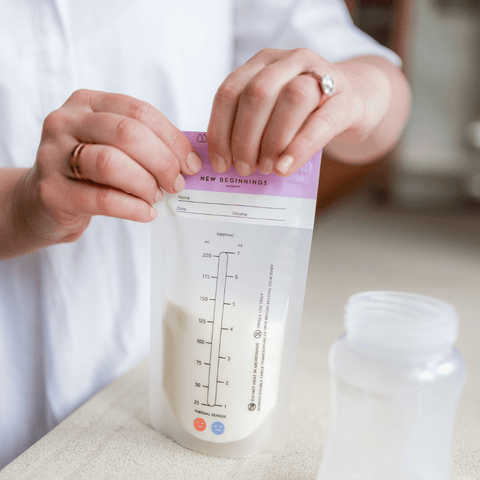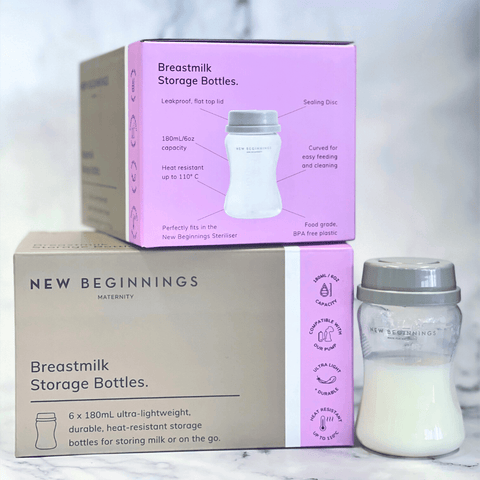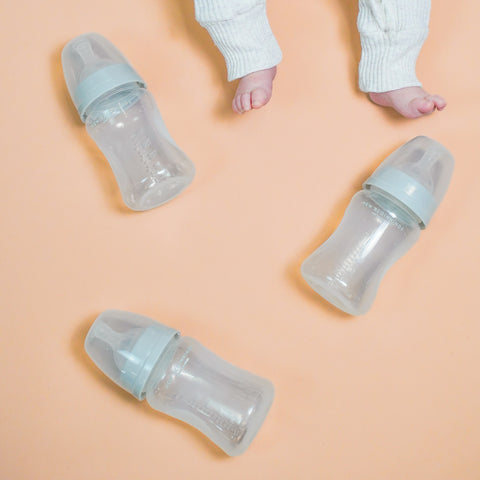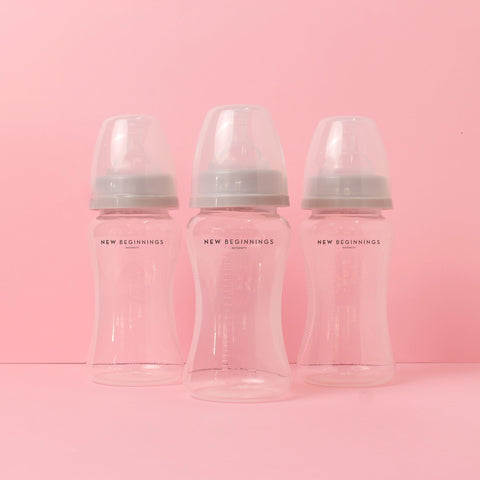How to prepare for breastfeeding

As your pregnancy journey nears its beautiful finale, getting ready to nourish your little one through breastfeeding is a wonderful step. Here's your guide on how to prepare for breastfeeding:
1. Dive into Research: Roll up your sleeves and embark on a fascinating journey of learning about breastfeeding basics. Grasp the incredible benefits and potential early hurdles you might encounter. Joining a breastfeeding class will give you a chance to learn handy tips on baby positioning and mastering the art of latching.
2. Invest in breastfeeding products: Newborn babies can feed up to 12 times per day. With some feeds lasting up to an hour, that's a long time mumma is in standstill. Make sure you have the right gear to support you along your breastfeeding journey.
3. Snuggle up instantly: The magic begins right after birth. Whether it's a natural delivery or a C-section, lay your baby skin-to-skin on your chest without delay. If it's a C-section, don't hesitate to ask your medical team for guidance. This direct contact triggers bubs natural feeding instincts, setting the tone for a beautiful bonding experience.
4. Kickstart feeding: In the initial hour or two following delivery, your breastfeeding journey will begin. Research shows that initiating breastfeeding early is linked to higher success rates. While bub might snooze initially, expect them to be more awake the next day, perhaps even cluster feeding at night. Watch out for bub's cues, feed on demand, and enjoy this beautiful rhythm of feeding and nurturing.
5. Prepare for your milk to come in: Around day 2-4 after birth, your milk will come in and MUMMA, won't you know it! Be prepared mentally and physically - have hot and cold breast pads on-hand and remember that the initial influx of milk will settle once you get into a nice feeding rhythm with your little one.
Do you need to pump before the baby arrives?
You don't need to use a breast pump before baby arrives, however it is recommended to hand express.
Hand expressing helps you gather colostrum, the nutrient-rich first milk your baby will need in the initial days. Storing colostrum can be valuable in case your baby needs extra nourishment or if you face any breastfeeding challenges. Hand expressing stimulates the release of oxytocin, the hormone responsible for milk ejection.
What do you need for breastfeeding?
When it comes to breastfeeding, having the right products can make the experience smoother and more comfortable. Here's a list of essential products that can be beneficial for breastfeeding mummas:
1. Maternity Bras: Maternity bras provide easy access for breastfeeding while offering support and comfort.
2. Nursing Pads: Disposable or reusable nursing pads to absorb leaks and keep you dry.
3. Nipple Cream: To soothe and heal sore or cracked nipples.
4. Breast Pump: You can choose from electric or manual pumps, as well as single or double breast pumps.
5. Milk Storage Containers: Breast milk storage bags or bottles to store expressed breast milk in the fridge or freezer.
6. Nursing Pillow: A cushion to provide support and comfort while breastfeeding.
7. Breastfeeding-friendly Clothing: Tops and dresses designed for easy nursing access.
8. Lactation Tea or Supplements: Some mumma's love a nice lactation tea or cookie to help with milk supply.
9. Water: Your body craves more hydration during your breastfeeding journey. Aim for approximately 2.5L of fluids daily.
10. Snacks: Keep yourself well-nourished with healthy snacks. Avoid intricate wrapping paper and opt for easy one handed snacks while you feed.
Remember, every mother's needs can vary, so consider what aligns best with your lifestyle and preferences. Consulting with a lactation consultant or other experienced mothers can help you tailor your product choices to your individual breastfeeding journey.


















